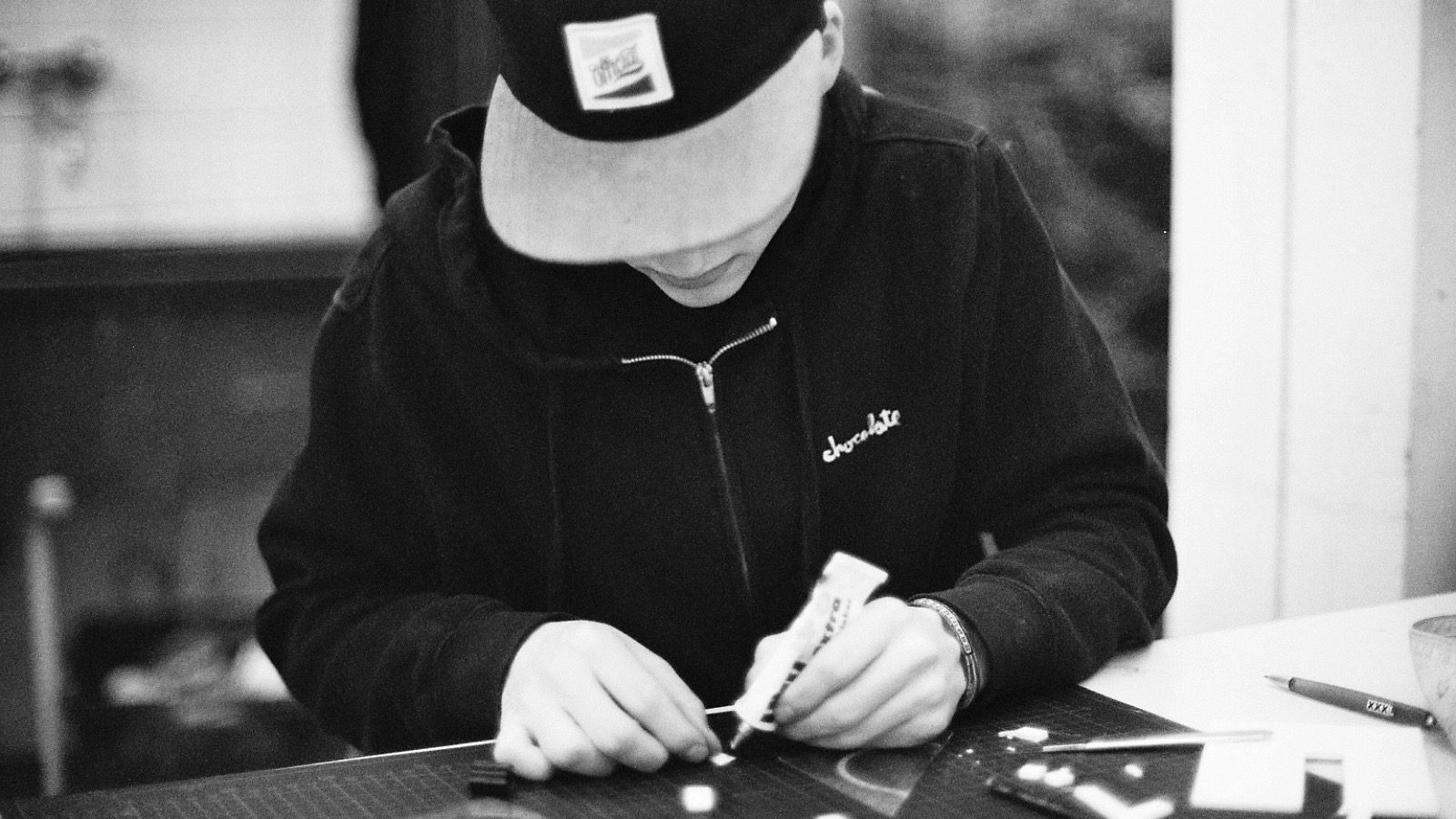Leaders and organizations looking to capture their internal and external stakeholders’ attention must consider the current ramifications related to the current global pandemic and problems affecting the political, economic, social, technological, environmental, and legal systems. Everyone is affected by how business is conducted, the shift in consumer buying habits, increased technological needs for education and remote work, legal challenges, and political upheavals. The old way of fostering innovation through a specific design brief for a project may not effectively solve many global challenges in today’s current climate. It is time for organizations and leaders to consider and lean towards a plausible approach through prototype-driven design. The quality of meeting society’s holistic needs depends on leaders and organizations’ ability to think out of the box and become effective change agents.
Innovation is a critical aspect of nurturing growth for every nation and satisfying everyone’s needs. The concept and option of using a design brief to introduce a new product, service, or system provide a customer or client with detailed information about the project description, company information, problem statement, budgetary and time requirements, goals, analysis, and final synopsis. The design specifications outlined in the brief address aesthetics, functionality, needed materials, performance, and target market as applicable. Although design briefs are an admirable approach by organizations and leaders, sometimes they are limited because the information provided may lack to inspire others. The design brief that defines specifications through generic standards ignores the ability to include creative efforts through divergent and convergent thinking.
Design thinking offers an outstanding opportunity for leaders and organizations to introduce a prototype that improves branding, profit structure, market sustainability, and help solve complex problems. A prototype-driven design informs stakeholders of the benefits and risks, allows experimentation to occur during all stages to improve and correct problems, and promotes a sense of ownership and emotional connection with stakeholders to ascertain how to market the product, service, idea, or system before release. The main differences between the two design methodologies are that the prototype-driven design catches and prevents costly errors. A company may use a design brief following specific rules, and the result can cost a company hundreds or thousands of dollars in research and development.
A prototype-driven design is necessary to use to solve complex problems and to introduce stakeholders to new possibilities. It is critical for leaders and organizations to change their thinking to favor prototype-driven design now and into the future because of the rapid improvements in technology, changes to business operations, and challenges affecting the political, economic, social, technological, environmental, and legal systems. Leaders and organizations must consider the upcoming Generation Z – young people and millennials who will significantly drive the world’s future.
If you would like to support this author by giving a gift, please click here.





Thank you, Adrienne Jackson, for your thoughtful post. I really enjoyed reading it!